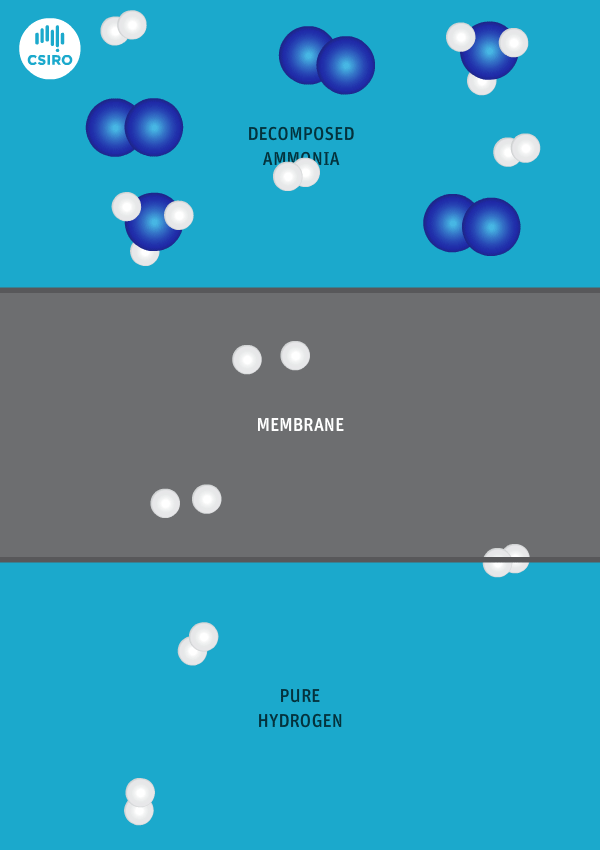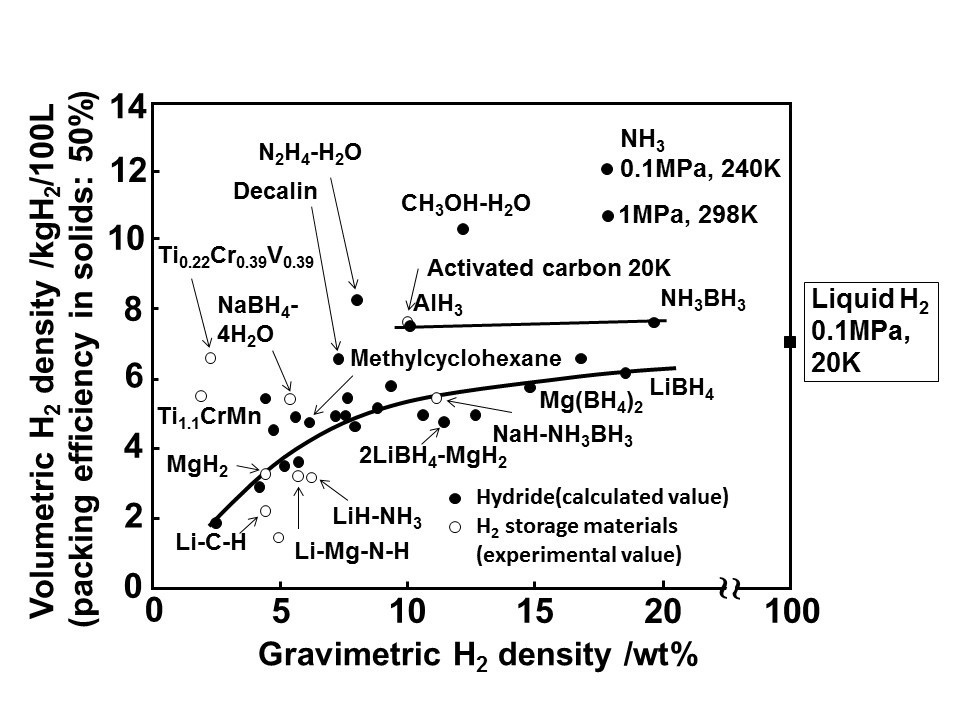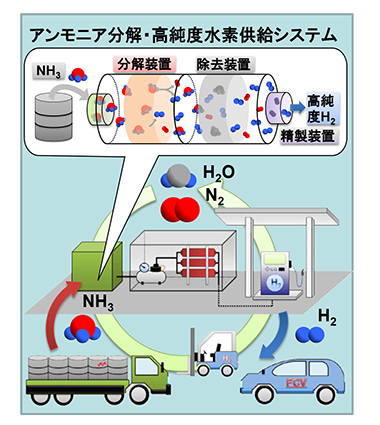In the last 12 months ... Groups in Australia, Japan, Denmark, the U.K., and the U.S. all made progress with technologies that can be used to convert ammonia to hydrogen at fueling stations. This means that hydrogen for fuel cell vehicles can be handled as ammonia from the point of production to the point of dispensing.
Content Related to Showa Denko
Article
Progress toward Ammonia-to-Hydrogen Conversion at H2 Fueling Stations
Stephen H. Crolius October 05, 2017
Article
The Ammonia Economy at the ACS National Meeting
Trevor Brown July 06, 2017
The American Chemical Society (ACS) has published the program for its 2017 National Meeting, which takes place next month in Washington DC and includes a session dedicated to the "Ammonia Economy." The first day of the week-long meeting, Sunday August 20th, will feature a full morning of technical papers from the US, UK, and Japan, covering ammonia energy topics across three general areas: producing hydrogen from ammonia, developing new catalysts for ammonia synthesis and oxidation, and storing ammonia in solid chemical form.
Article
Hydrogen Fueling Station Development in Japan
Stephen H. Crolius February 03, 2017
Two announcements – focused on very different approaches for supplying hydrogen as a transportation fuel – shine a light on Japan’s approach to creating a national hydrogen energy economy. On January 24, the American company Air Products and Chemicals, Inc. issued a press release about the launch of the Shikaoi Hydrogen Farm fueling station in Hokkaido, Japan. The station will be supplied by hydrogen derived from agricultural wastes via anaerobic digestion and Air Products’ biogas purification and steam methane reforming (SMR) technologies. The project was undertaken by a consortium that includes the Japanese companies Nippon Steel and Sumikin Pipeline & Engineering, Air Water, Inc., and Kajima Corporation. Six months earlier, on July 19, 2016, the Japan Science and Technology Agency (JST) announced that another consortium – this one led by Hiroshima University and including Showa Denko, Taiyo Nichi Company, and Toyota Industries – had succeeded in developing “viable technology to produce high-purity hydrogen [from an] ammonia hydrogen station.”


